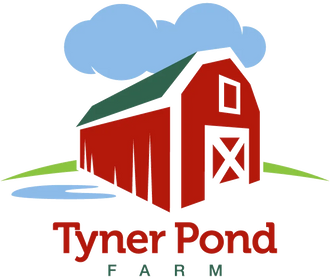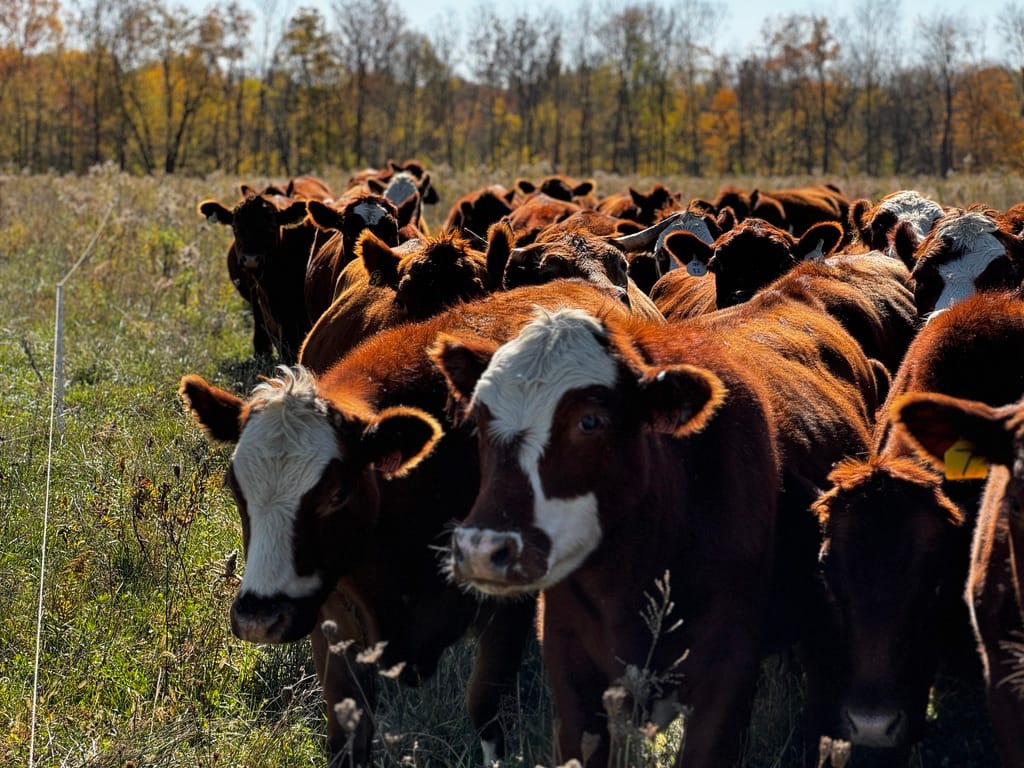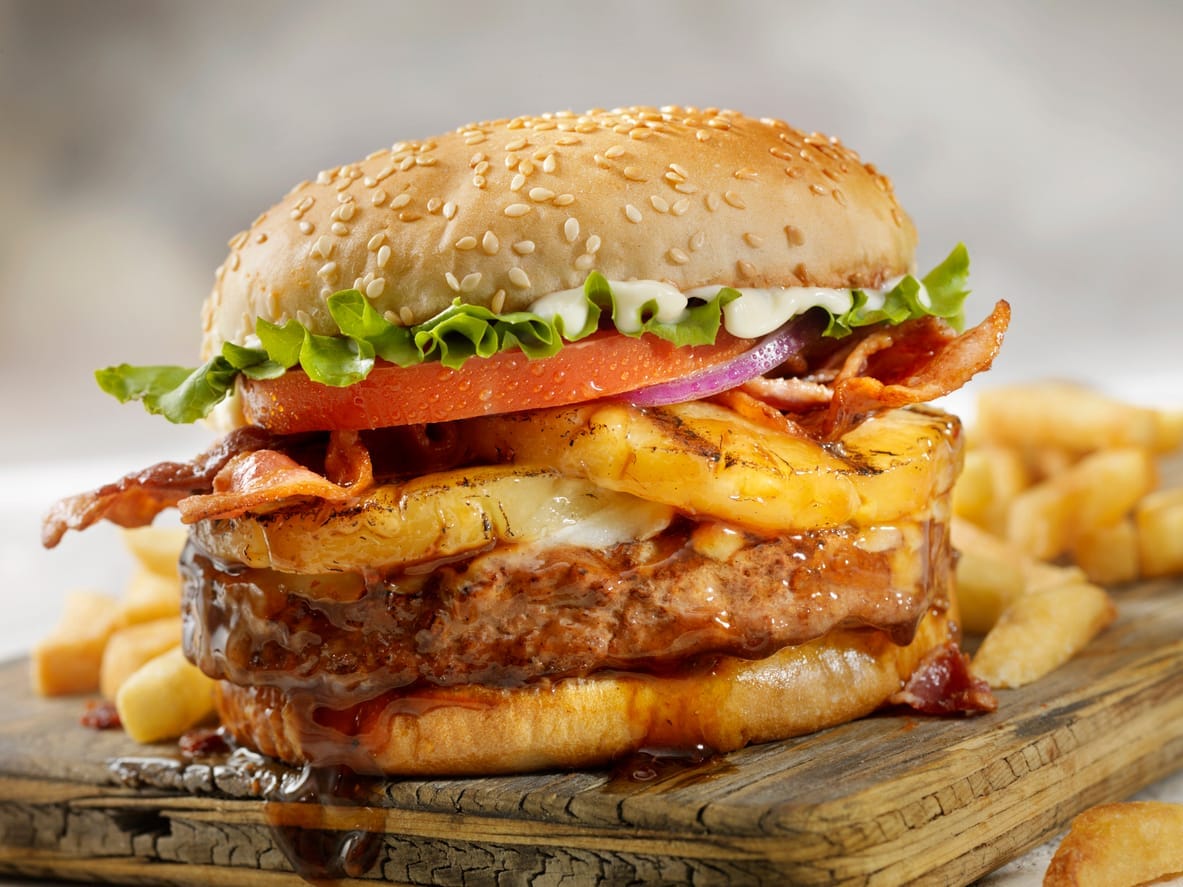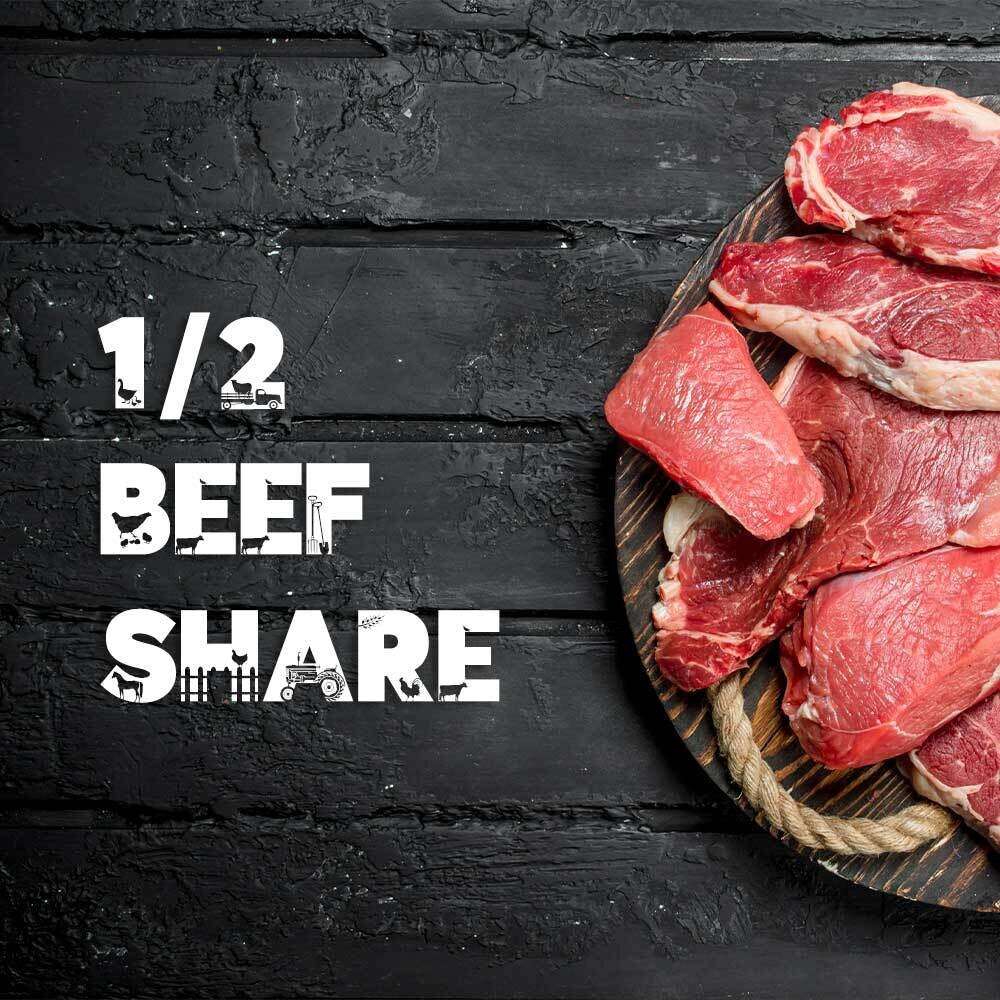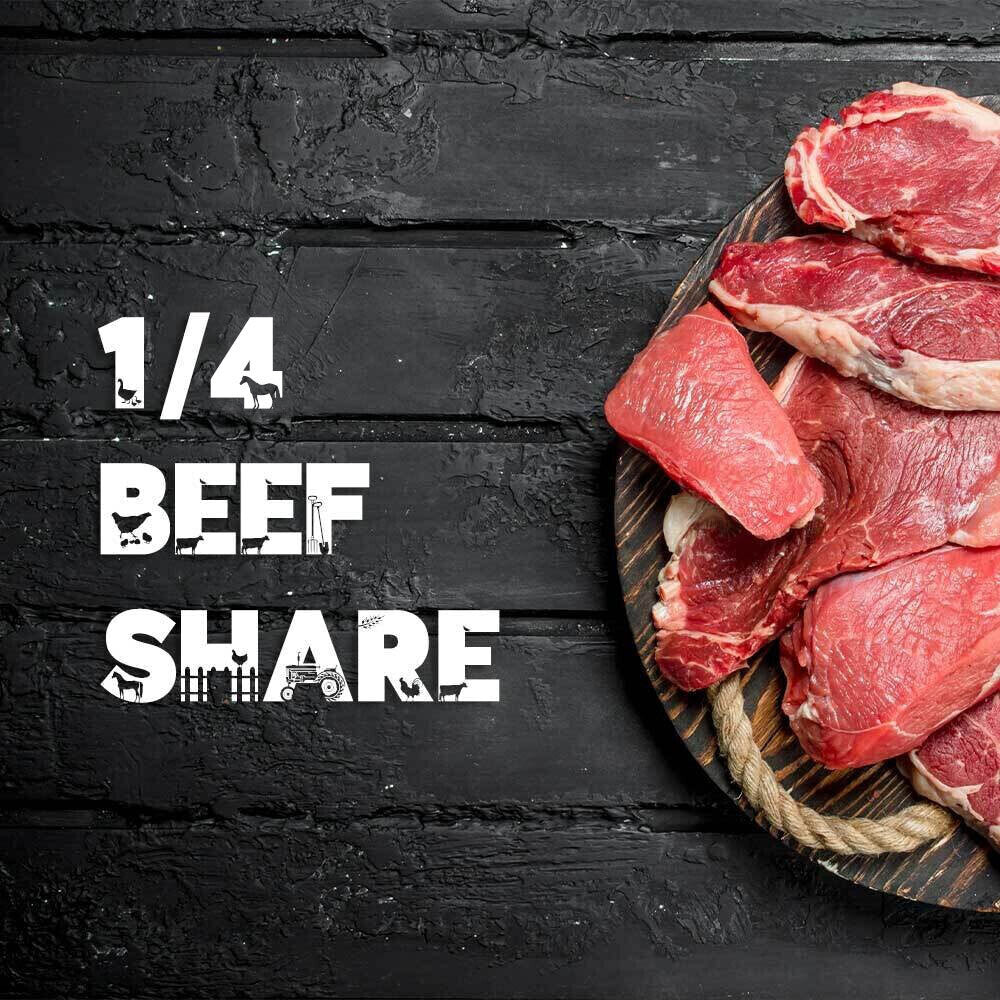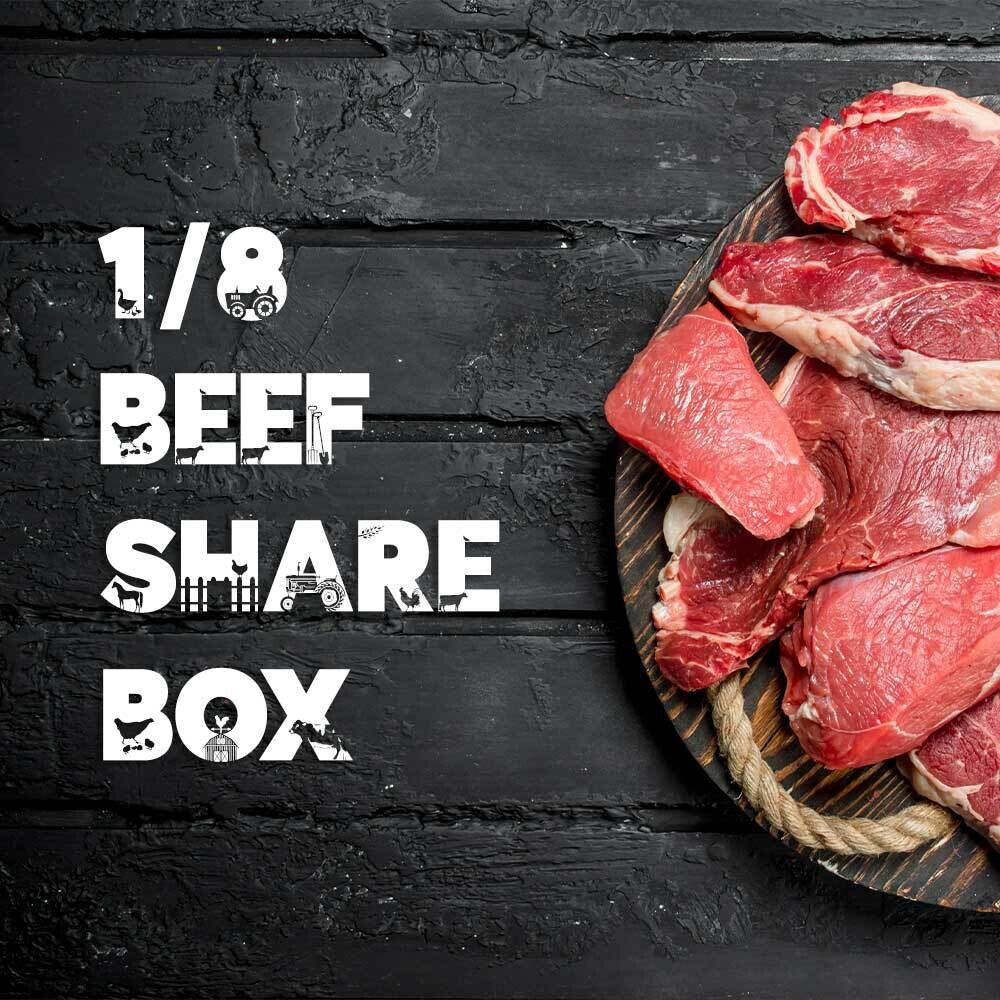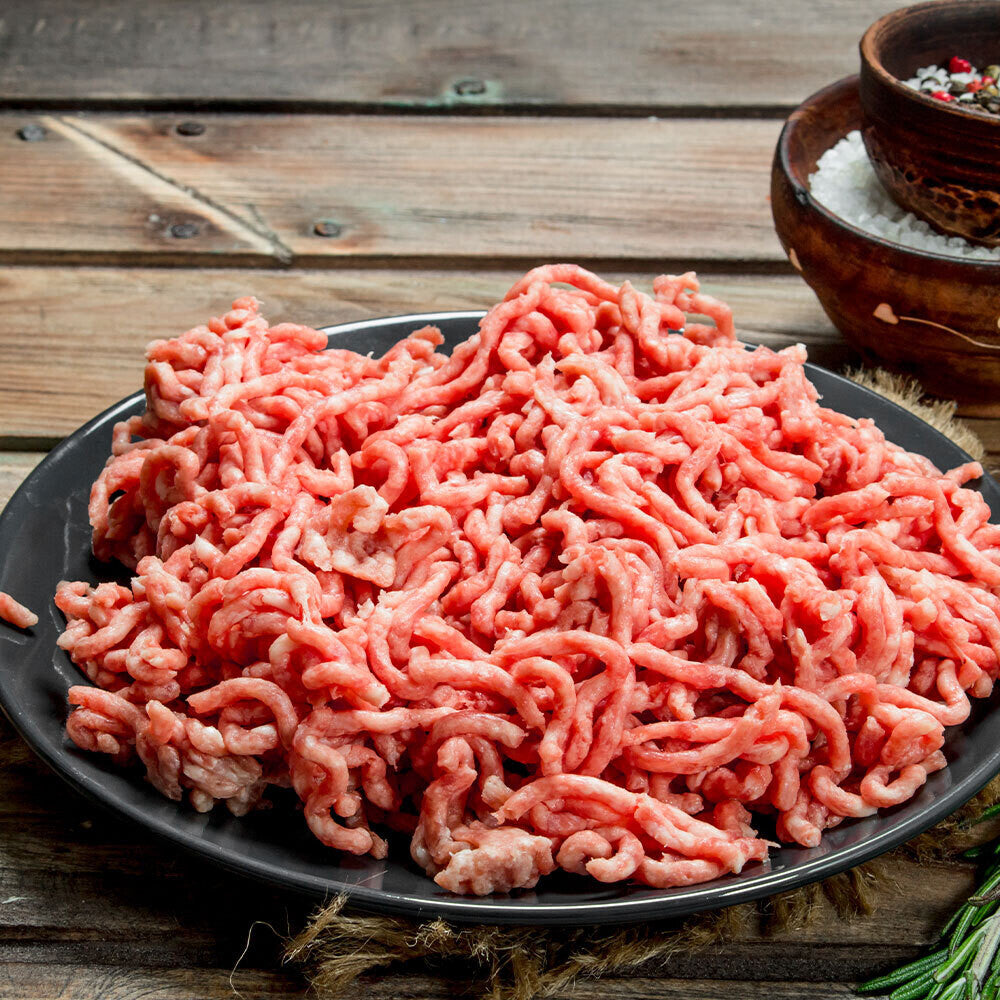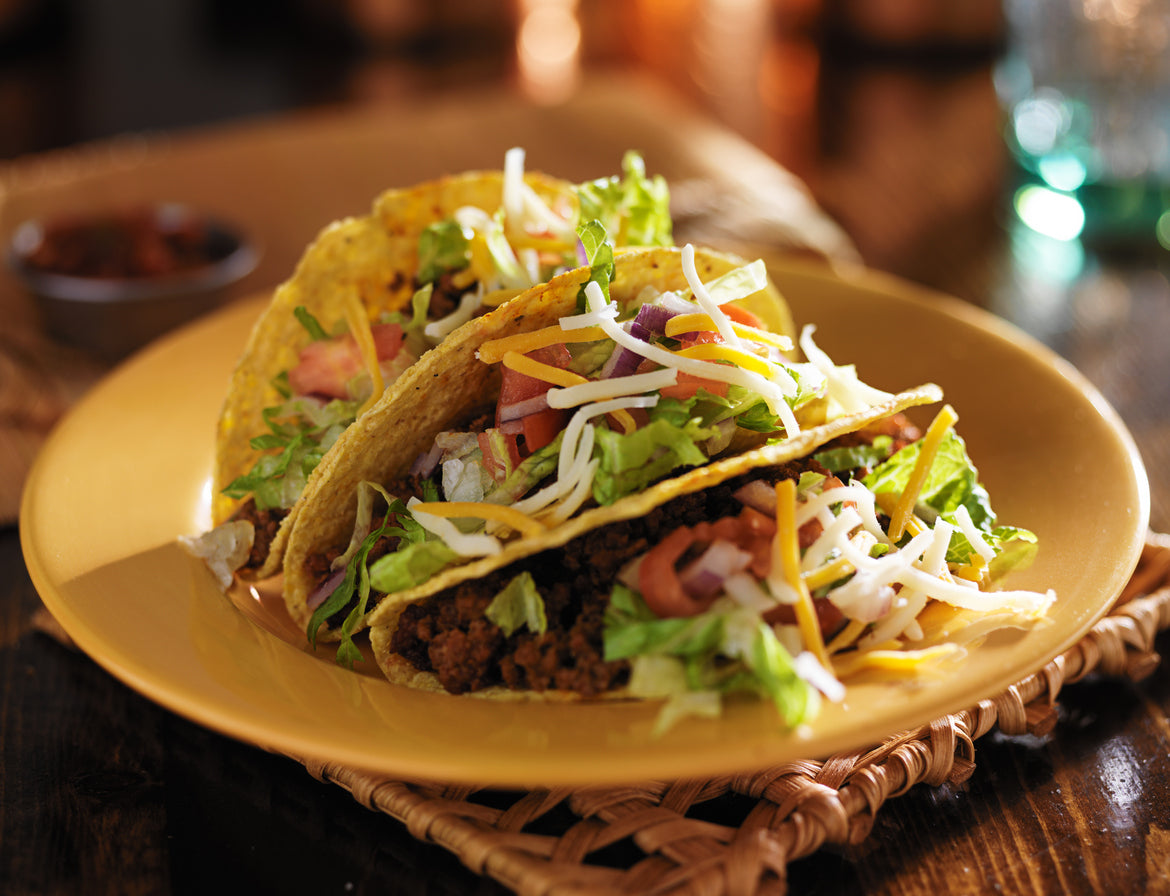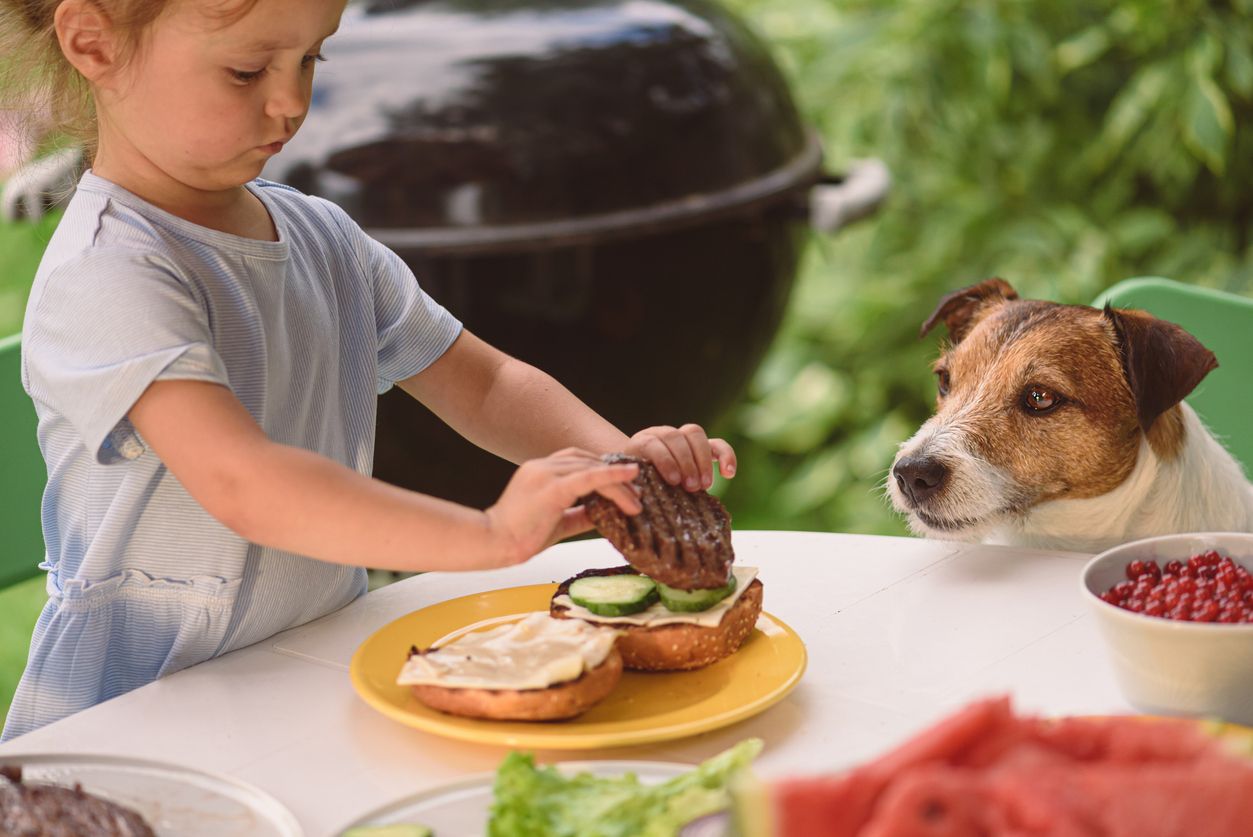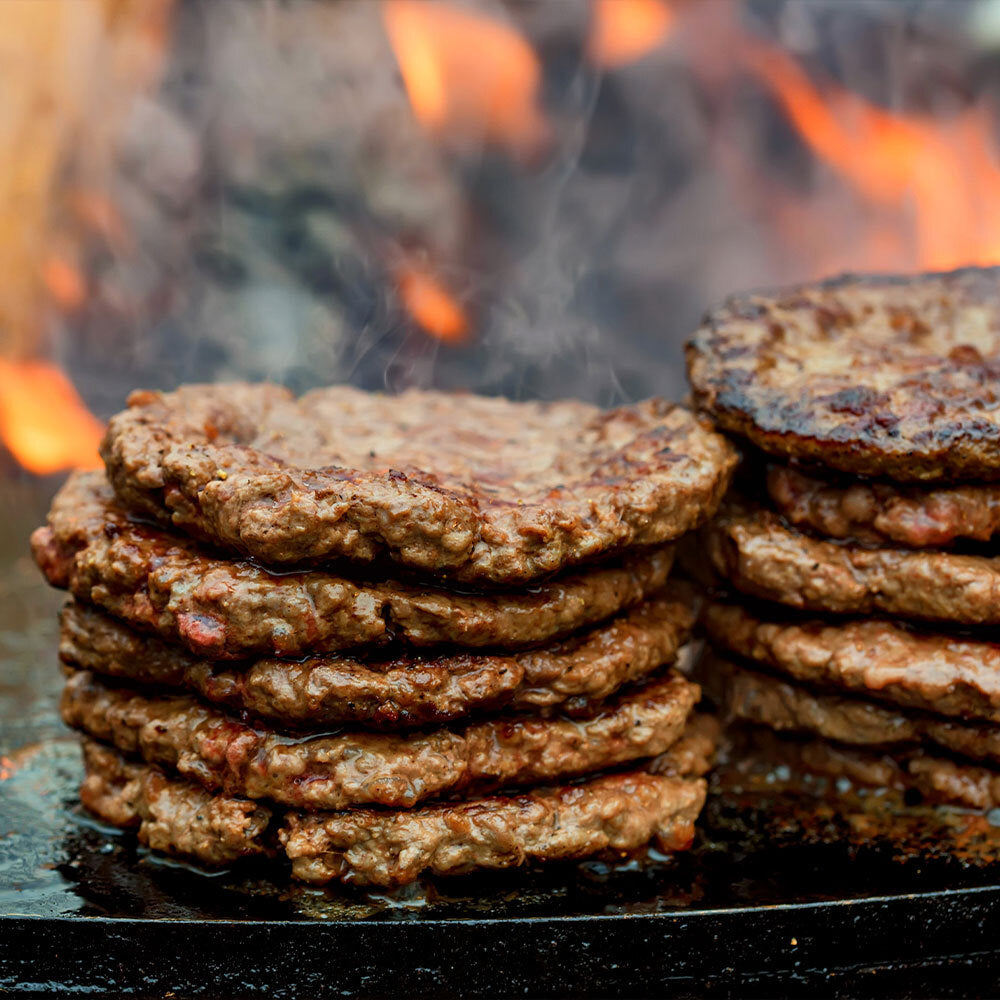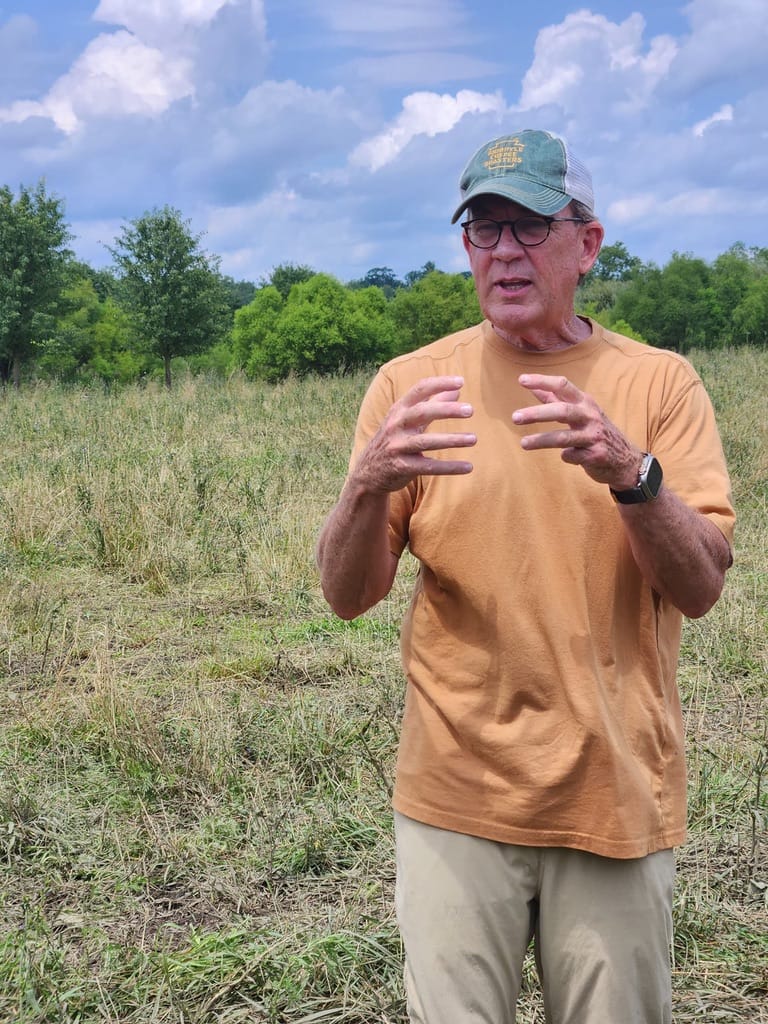
Harnessing the Sun: Turning Solar Energy into Life
“Our most important job as farmers is capturing every bit of sunlight we can and turning it into biological energy.”
Everything on our farm starts with the sun. Solar energy is the driving force behind all life, and our role is to manage the land in a way that maximizes its conversion into biological energy. This means prioritizing practices that ensure plants are always growing, livestock are always grazing, and the soil is always teeming with life.
Unlike industrial agriculture, which often leaves fields bare and dependent on synthetic inputs, regenerative farming relies on nature’s original system. We manage for constant plant growth because plants are the gateway between solar energy and the food chain. Through photosynthesis, they pull energy from the sun, store it in their roots, and transfer it into the soil, feeding the microbes that build soil structure and fertility.
When livestock graze on these plants, they further the process by cycling nutrients, stimulating regrowth, and diversifying the microbial life in the soil. This cycle—sunlight to plant, plant to animal, animal back to soil—creates a system of continuous energy transfer that builds resilience instead of depleting it.
This is why we don’t leave fields bare, why we move our cattle daily, and why we focus on biodiversity instead of monocultures. Every moment that land is covered in thriving plant life, we are capturing energy and building something stronger.
In the end, farming isn’t about extracting from the land—it’s about working within the natural system to turn sunlight into food, fertility, and sustainability. That’s the foundation of what we do at Tyner Pond Farm.
Tags:
